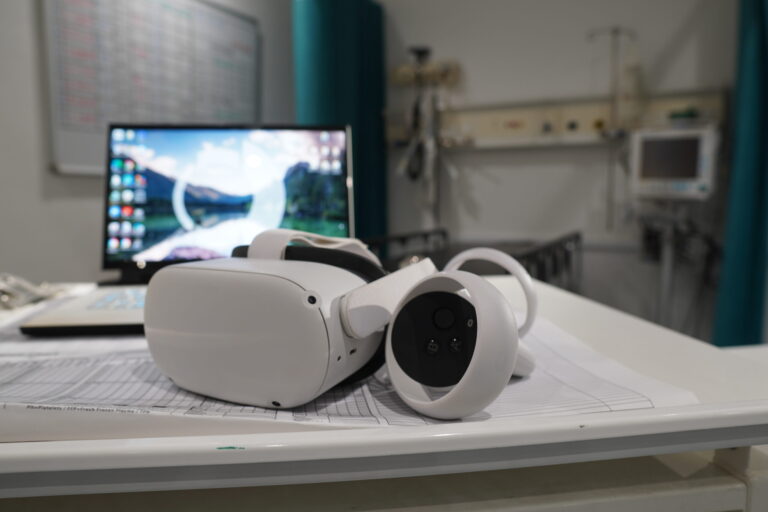December 13, 2025
Case STudy
The University of Manitoba: Connecting Nurses Internationally Using Virtual Reality
Global nursing shortages continue to put pressure on healthcare systems and providers alike. As a possible solution, many systems look to international recruitment to find top-notch talent and support their healthcare systems. In Manitoba, Canada, that recruitment spans globally, from the United States to the Philippines and many places in between. The University of Manitoba,…
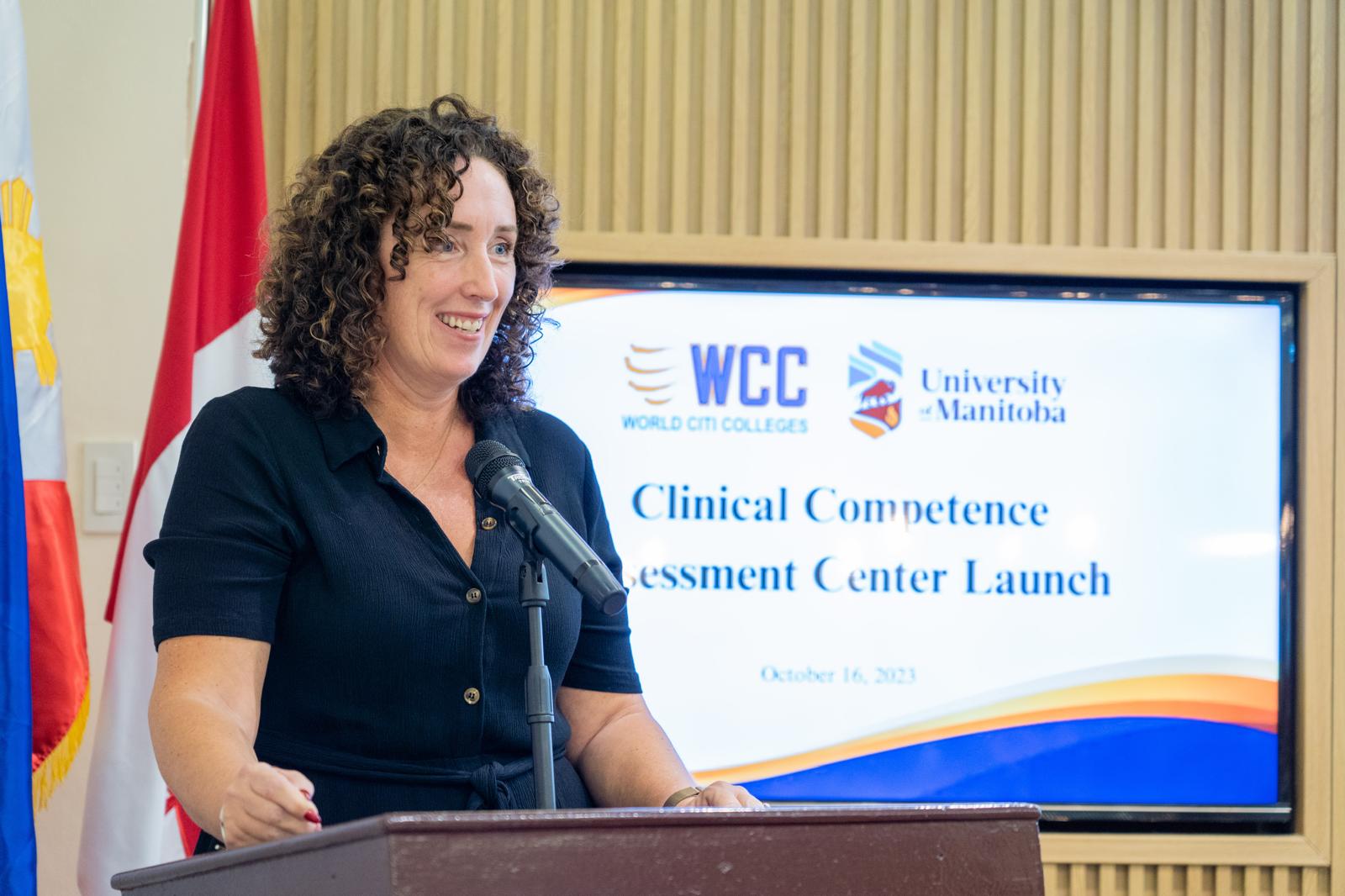
Global nursing shortages continue to put pressure on healthcare systems and providers alike.
As a possible solution, many systems look to international recruitment to find top-notch talent and support their healthcare systems.
In Manitoba, Canada, that recruitment spans globally, from the United States to the Philippines and many places in between.
The University of Manitoba, as part of the multi-national registration process, assesses nurses ahead of their move to a new healthcare system. Historically, this process is a significant undertaking, and candidates can take 1-2 years to complete the pathway.
To both enhance and optimize the process, the Clinical Competence Assessment (CCA) Centre team at the University of Manitoba began using virtual reality to address gaps and provide a positive experience for those nurses applying for registration.
Bridging the gap for international nurses coming to Manitoba
As the global nursing shortage continues, the Manitoba healthcare system has faced many of the same challenges as others. In part, that need includes recruiting and retaining highly skilled and experienced nurses and getting them into the system in a timely way.
Due to a lengthy recruitment and assessment process, the Manitoba team was concerned about creating a positive experience for their new nurse colleagues traveling such far distances to complete their Clinical Competence Assessment (CCA).
In an effort to streamline processes and support nurses entering the program, the University of Manitoba team looked to add a distance component to their assessment process.
As international nurses transition to the Manitoba healthcare system, they enter a bridging program to facilitate this transition and ensure competency before providing patient care. The CCA identifies gaps in nurses’ knowledge so a remedial training plan can be developed. Traditionally, these assessments take place in person at the Clinical Competence Assessment Centre, where simulations, OSCEs, and written assessments are used.
Because this recruitment process spans the world and not everyone can make it in person, the CCA team looked to VR to provide a distance component to their program.
In addition, VR now also provides an opportunity for continuing education for nurses to remain engaged with their training rather than simply waiting in line until their assessment takes place.
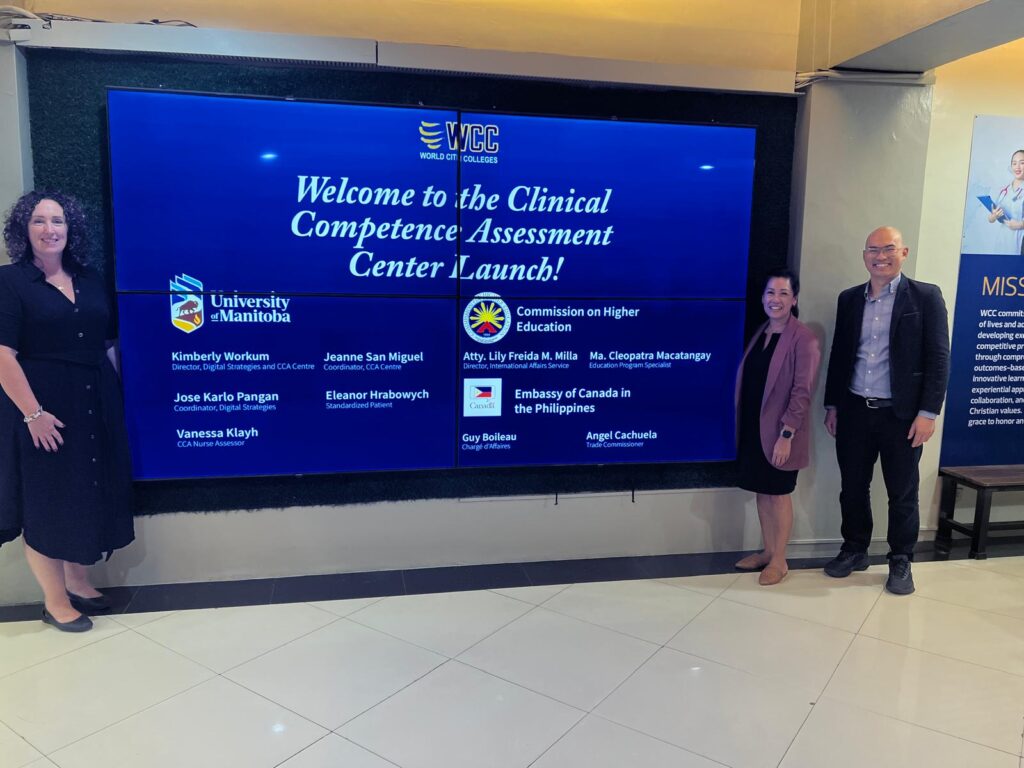
Why Manitoba selected OMS as their VR partner
While VR helped provide that distance component, the team at Manitoba sought several other features of the OMS platform from their VR partner.
The VR platform needed to be accessible both through a headset and on a computer screen to provide a truly remote experience.
Additionally, the assessments at the CCA Centre are standardized, so a standardized, objective, and evidence-based VR platform was needed to complement the program.
Assessment materials already existed for this program, so the team needed to be able to adjust scenarios to use their own documents when evaluating new candidates.
Finally, to provide asynchronous learning opportunities for nurses in the program, the University of Manitoba team needed to provide scenarios that did not require a facilitator to run while still allowing for the option to have a facilitator present.
All these components, along with the extensive content library, factored into the decision to use the OMS platform to support this transition program for nurses.
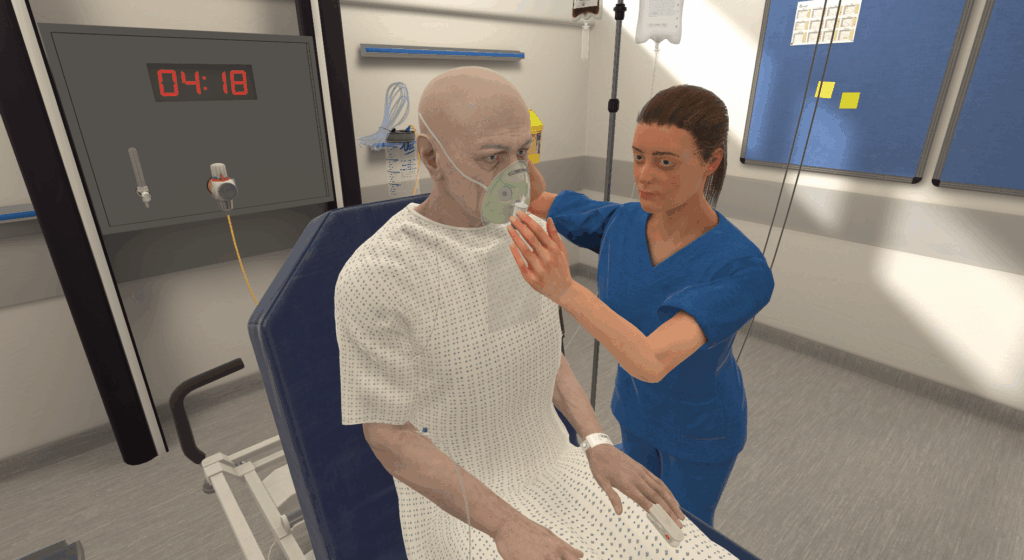
How VR is being used for high-stakes assessment
For many learners, getting into a VR headset is a brand-new experience and requires some practice before being assessed in that environment.
The CCA team grants access to a practice scenario that nurses can work on at home—on their own time and at their own pace—to prepare for the high-stakes assessment.
This initial orientation familiarizes nurses with the virtual environment. They learn the space of the room, where the equipment is, and how to navigate through the scenario.
By the time nurses arrive at the Centre, they can simply put on a headset and go.
In situations where nurses remain abroad, simulations can be conducted for multiple learners at once since no facilitator is needed to run the scenario.
The computer-based access to simulations is what allows for these assessments to be conducted remotely, providing an avenue for connecting nurses and healthcare systems anywhere in the world.
The impact of the OMS platform on learners and assessors
Learners have noted that this technology provides them with a realistic experience of being right at the bedside – an experience that is difficult to recreate in any other way.
Once in the scenario, nurses must call upon their critical thinking skills to assess and treat a patient whose condition is deteriorating rapidly.
As part of their assessment, nurses must know how to stabilize the patient in a timely manner and work in a way that demonstrates teamwork and critical thinking.
Scenarios also relate to the desktop module that learners complete at the beginning of their orientation, providing a continuing thread that nurses can reflect on during the assessment.
The team at Manitoba intentionally bridges the practice scenario to the assessment scenario to ensure that nurses have all they need to treat the patient in VR appropriately.
For those assessing the nurses, the OMS platform provides data and insights that are particularly valuable as they evaluate how a nurse has led their case.
For example, actions are logged and tracked throughout the scenario, and a report – along with feedback – is provided in detail at the end of the session.
Of note, assessors utilize time stamps in assessments, as those can provide more insight into how the nurse managed the situation.
Time stamps can help provide context for questions like, ‘Did a nurse miss a certain element earlier but then go back to it later?’.
In those cases, it can speak to the nurses’ knowledge base – they knew what to do but didn’t do it at the right time.
In contrast, when the facilitator is left to evaluate and log all components, these timed actions might be missed, impacting the nurse’s evaluation.
Additionally, data from the OMS platform can be viewed on an individual or cohort basis, and the team at Manitoba has found it critical to notice trends or patterns in gaps in knowledge.
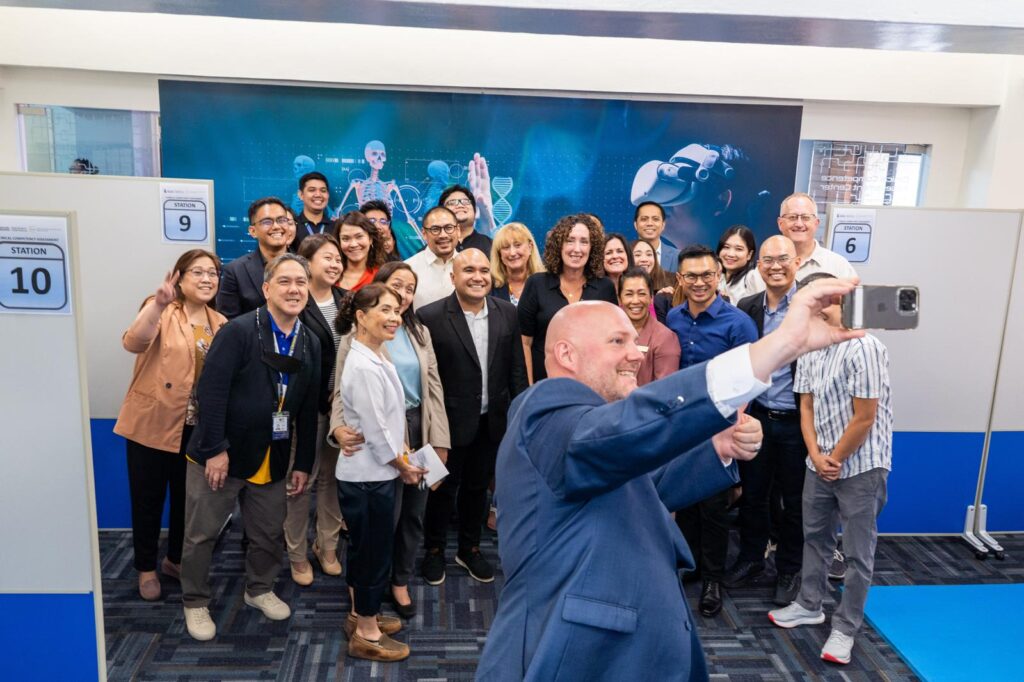
On the roadmap
At this stage, the University of Manitoba regularly offers this virtual assessment to nurses outside of the immediate Metro Winnipeg and surrounding area, encompassing a radius of 150 kilometers. Since the program launched in October 2023, virtual assessments have also been conducted in Ghana, Kenya, and the United States. Additionally, Manitoba has opened a sister CCA Centre in the Philippines.
With continuing advancements in technology, connecting nurses globally has become much more accessible, allowing healthcare systems to work with top candidates from anywhere in the world.
With nearly 300 hours spent in OMS VR simulations, the University of Manitoba CCA team has been able to remotely connect with international nurses and provide repeated opportunities for clinical practice.
The U of M team has “definitely” seen a difference in time and capacity using VR to support nursing candidates all over the world, and they look ahead to expanding their distance component to nurses in Manitoba’s northern communities who are reentering the profession and cannot make it to Winnipeg for the assessment.
The team has assessed 103 nurses virtually, many of whom have moved to Manitoba and are working in the health systems.
Kimberly Workum, the Director of the Clinical Competence Assessment Centre, has shared her enthusiasm about the transformative impact of virtual reality (VR) technology.
Workum states, “The integration of VR into our assessment processes has significantly reduced the waiting times for newcomers eager to start working in our healthcare systems. This technology not only accelerates their entry but also supports their continuous professional development while they are still in their home countries.”
She further noted the benefits of VR for practical training, “It’s particularly beneficial that candidates can engage with desktop scenarios repeatedly. This allows them to become familiar with medical terminology, procedures, and equipment that are new to them, all within environments that simulate the actual conditions they’ll face here in Canada.”
This innovative approach not only streamlines the process but also enhances the experience and preparedness of international nurses, contributing positively to the healthcare system in Manitoba.
Related
Ready to get real?
See how OMS can help your organization build confidence, competence, and clinical readiness for today’s healthcare.
